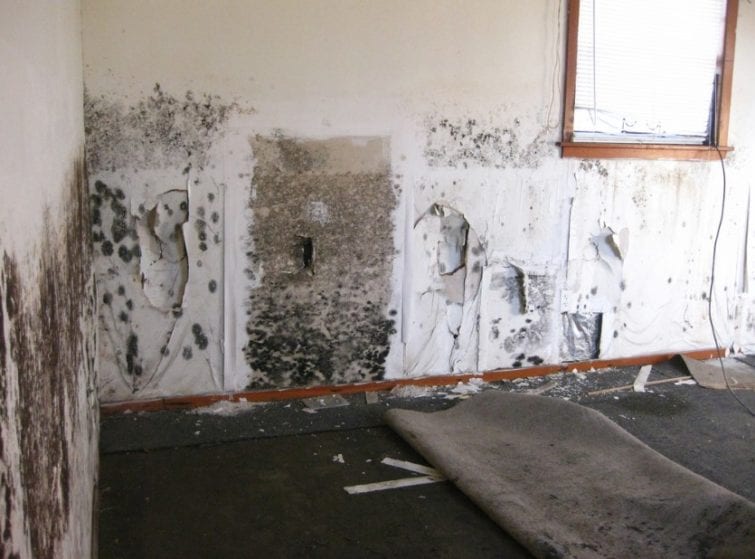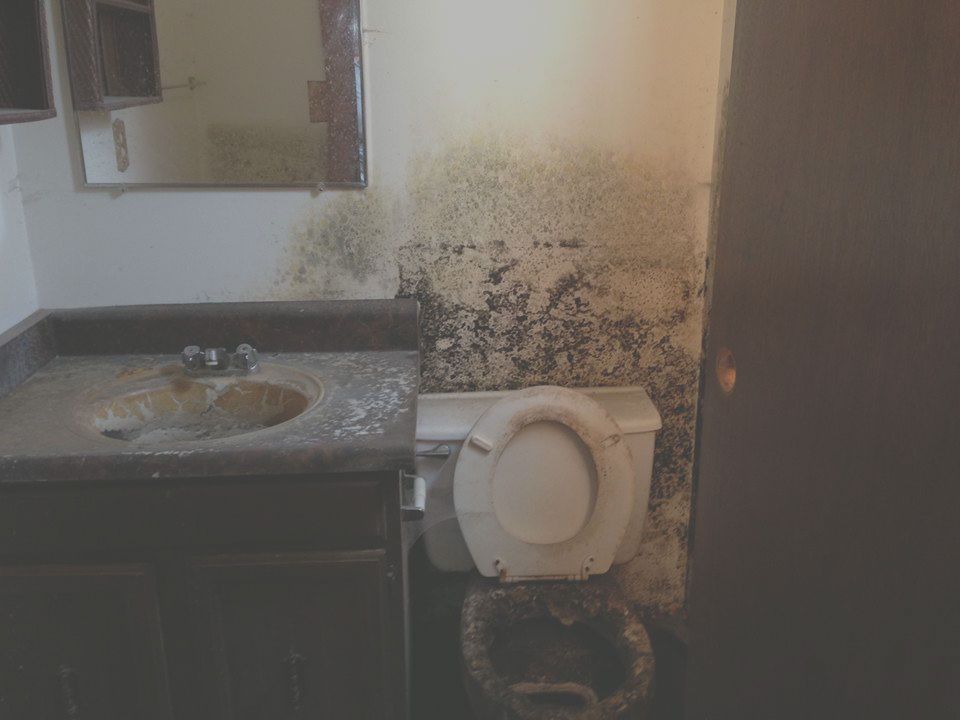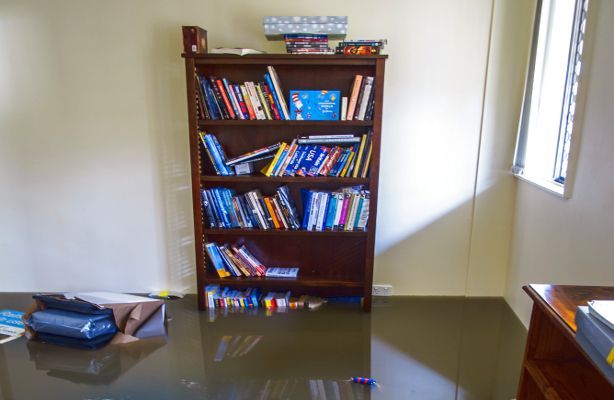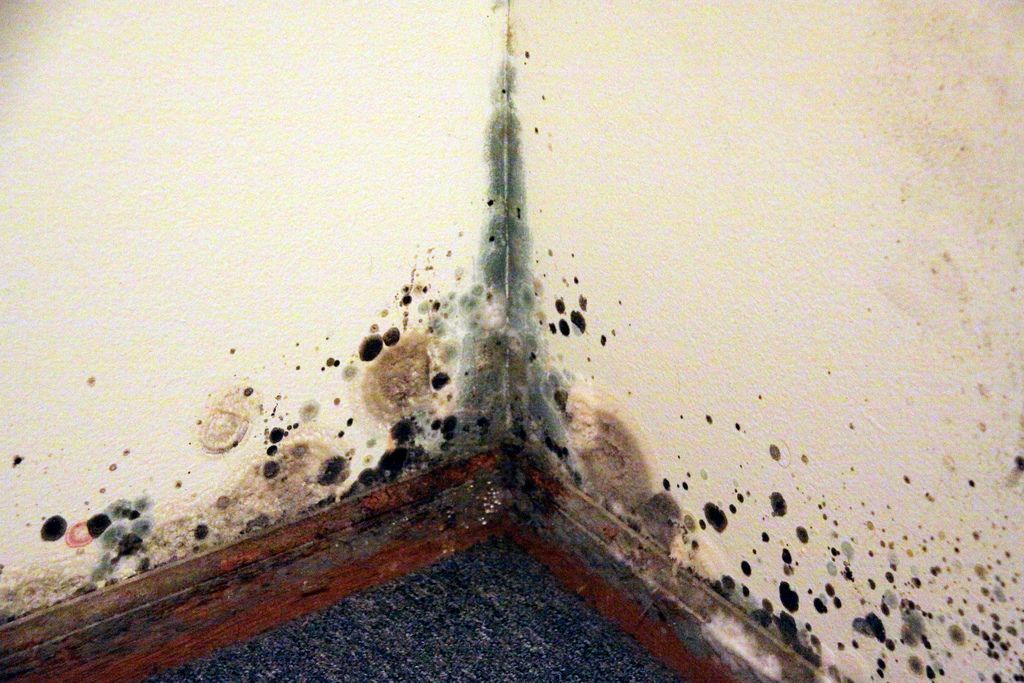Here’s a song lyric you won’t hear on your latest Top 20: “Well the moisture’s high and the lights are low, so I think it’s ’bout time for some Bold Black Mold!” Kinda catchy for a country tune at least, right? And it should be a jingle somewhere to remind everyone to be on the lookout for this highly hazardous yet insidious unwelcome ‘houseguest.’
Much like other tiny creatures that could invade your homespace (termites, insects, etc) toxic black mold also finds its origins within a living strain of microorganism known as Stachybotrys 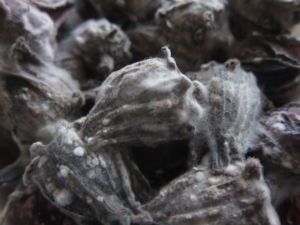 chartarum. If you live in a moisture-dense environment and geographic location (Hello, San Diego!) then you will probably find yourself periodically dealing with grime and mildew. However, simple mildew and other similar kinds of fungi-derivatives won’t bug you or your health anywhere near the same scale as toxic black mold.
chartarum. If you live in a moisture-dense environment and geographic location (Hello, San Diego!) then you will probably find yourself periodically dealing with grime and mildew. However, simple mildew and other similar kinds of fungi-derivatives won’t bug you or your health anywhere near the same scale as toxic black mold.
While it’s always recommended to have a professional take a closer inspection and diagnose any potential dangerous accumulation of this strain, we have some surefire, age-old tactics that you can put to use right away and decide if you should move forward with proper quarantining and removal.
“WHEREFORE ART THOU MOLD?”
There are many common hangouts our subject enjoys: Moist, dark, enclosed crawlspaces, bathrooms, kitchens, basements, just to name a few. Basically anywhere there might be a heavier buildup of moisture and/or water damage. It can take on a number of slight variations in appearance but the most distinct features are slimy, black color (although often tinged with a bit of green) and pervasive in growth pattern. In addition, there’s the tell-tale musty and dank odor.
If you detect the possibility of black mold, the Swab Test is a pretty simple one and can be used anytime to help discern whether you’ve actually got the toxic stuff or just an accumulation of mildew. It’s also a lot less expensive than a trip to the hardware store for some of the other more elaborate household, black mold testing kits. So for this, you will only need to do the following:
- Dip the tip of a clean cotton swab with regular household bleach.
- Dab the area of concern with the swab, making sure to allow the bleach plenty of contact.
- Now wait a few moments while playing this jingle in your head: “If it get’s light, you’re alright… If it stays black, get back Jack!” (Insert your own name, only of course if it rhymes).
- If you find the color lessening then this would be deemed a mildew situation. Simply continue to wipe with bleach or other cleaning solution to neutralize and safely remove this buildup. However, if little to no color change is present then we would bet our bottom dollar you have yourself a case of black mold.
- Your next step would be to move with extreme caution, deferring to a professional opinion and confirm that is in fact toxic, and move towards proper and safe removal.
WHY ALL THE FUSS?
The reason for this heightened protocol is that mold in general can reproduce quickly, wildly releasing what are known as ‘spores’ that become airborne and invasive to other living organisms around, as in YOU! So while it may be easy to simply see a build up with your own eyes, who knows how much is actually permeating the air all around you, not excluding the possibility of spores within air ducts, heating and air-conditioning units/systems, etc.

If you feel like you may be suffering from some of the side-effects of black mold poisoning, here’s some well known symptoms. Keep in mind that this is only a general list and other more specific ailments may not be listed here:
* -Chronic coughing, wheezing and chest congestion, respiratory distress
* -Itching, watery eyes
* -Shortness of breath
* -Digestive issues (diarrhea, stomach upset, vomiting)
* -Topical issues (rash, skin irritation)
* -Chronic Fatigue
* -Impaired immune system/response
* -Lightheadedness, inability to concentrate
If you are experiencing any of these conditions, it’s vital to seek medical attention immediately; any delay can amount to worsening side effects and can pose a serious health risk. In addition, if you suspect you may in fact have a black mold infestation, remediation is key. Calling a highly skilled, trained professional who deals with black mold diagnosis, treatment and removal is the best and safest way to handle such a possible threat to your home and personal well-being. NEVER attempt to go about doing this yourself. Of course we appreciate the opportunity to serve you with a team of formidable and trustworthy experts who know their way around toxic mold removal; whomever you decide to work with, just make sure that they too possess the credentials and knowledge to get the job done right—the first time.
Feel free to contact us here at Abbotts Fire and Flood San Diego. Your questions about black mold or any other related issues are highly valued. Our job is to provide you with the very best in diagnostic and removal of black mold as well as keep you informed on proper maintenance and avoidance of similar problems in the future. No more jingles; Just truth in service!


